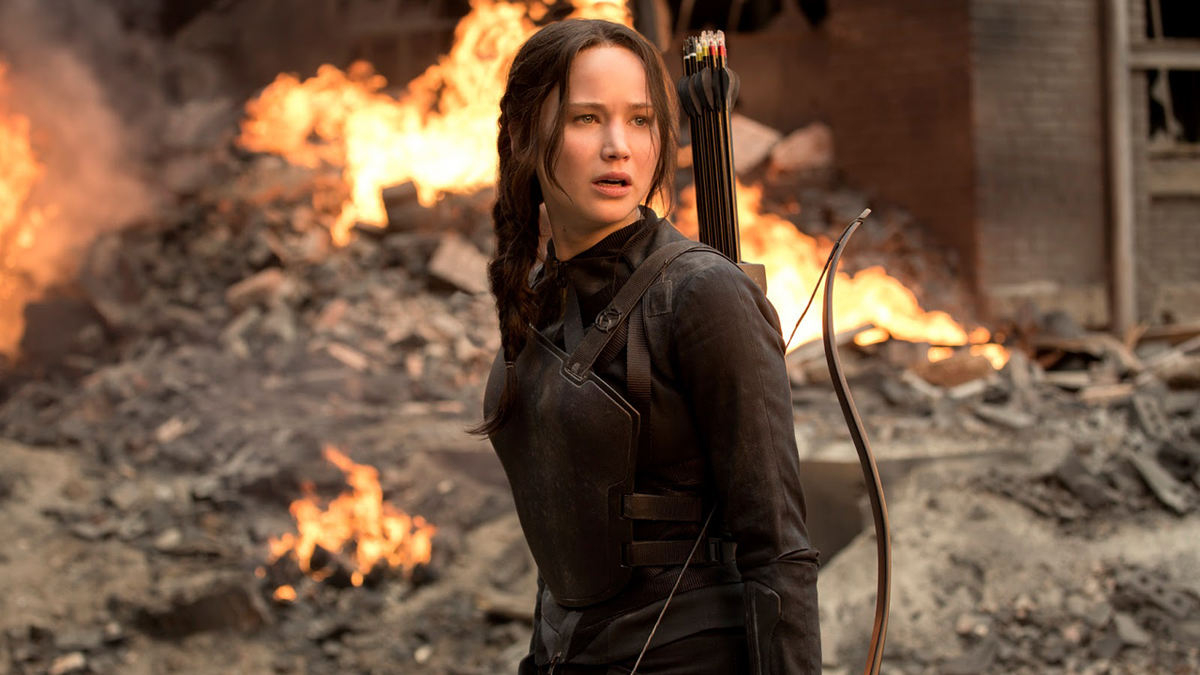Table of Contents
The Hunger Games franchise, based on author Suzanne Collins' bestselling novels, has captivated audiences worldwide. Whether you're new to the series or looking to revisit the dystopian world of Panem, this guide will walk you through watching The Hunger Games movies in both chronological order and order of release.
The Hunger Games Movie Timeline
Here's the chronological order of The Hunger Games movies:
| Title | Year | Amazon Link |
| The Hunger Games: The Ballad of Songbirds and Snakes - Prequel | 2023 | Rent/Buy Movie |
| The Hunger Games | 2012 | Rent/Buy Movie |
| The Hunger Games: Catching Fire | 2013 | Rent/Buy Movie |
| The Hunger Games: Mockingjay - Part 1 | 2014 | Rent/Buy Movie |
| The Hunger Games: Mockingjay - Part 2 | 2015 | Rent/Buy Movie |
The Hunger Games: The Ballad of Songbirds and Snakes (2023)
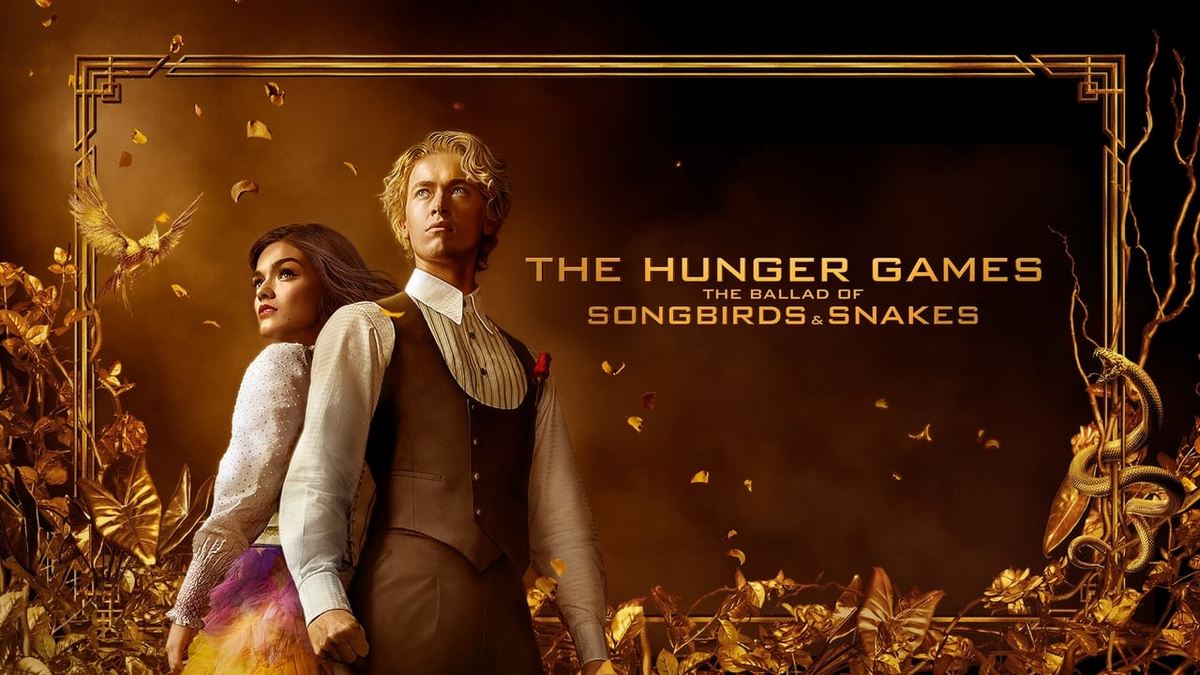
This prequel, based on Collins' fourth book in the series, takes us back to the 10th annual Hunger Games. Set 64 years before the original trilogy, it focuses on an 18-year-old Coriolanus Snow, long before he becomes the tyrannical President of Panem.
Directed by Francis Lawrence, who helmed three of the original films, the movie stars Tom Blyth as young Snow and Rachel Zegler as Lucy Gray Baird, the female tribute from District 12. The cast also includes Peter Dinklage, Viola Davis, Jason Schwartzman, and Hunter Schafer. Josh Andrés Rivera plays Sejanus Plinth, Snow's close friend and fellow mentor.
The film explores the beginnings of the Hunger Games and provides insight into the events that shaped the Panem we come to know in the main series. It offers a complex portrait of Snow, allowing viewers to understand the forces that molded him into the future antagonist. The story delves into themes of mentorship, loyalty, and the corrupting influence of power, set against the backdrop of a post-war Capitol struggling to reassert its dominance over the districts.
The Hunger Games (2012)
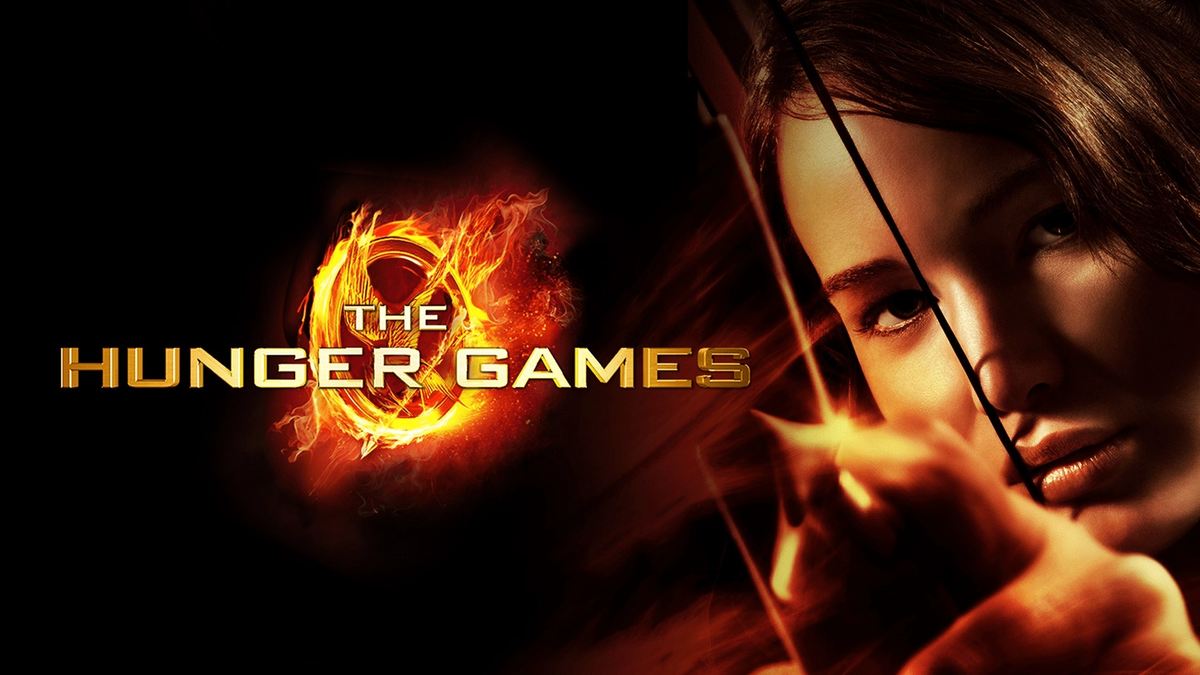
The journey continues with the first installment of the original trilogy, introducing us to Katniss Everdeen (Jennifer Lawrence) and the 74th annual Hunger Games. Set in a dystopian future, the film portrays a society divided into 12 districts, ruled by the oppressive Capitol.
When Katniss volunteers as tribute to take her younger sister Primrose's (Willow Shields) place in the Games, she sets off a chain of events that will change Panem forever. Alongside fellow District 12 tribute Peeta Mellark (Josh Hutcherson), Katniss must navigate the brutal arena where only one tribute can survive.
The film also introduces key characters like Haymitch Abernathy (Woody Harrelson), Effie Trinket (Elizabeth Banks), and Cinna (Lenny Kravitz). Donald Sutherland delivers a chilling performance as President Snow, the main antagonist of the series. Stanley Tucci's Caesar Flickerman provides a disturbing glimpse into the Capitol's fascination with the Games as entertainment.
The Hunger Games: Catching Fire (2013)
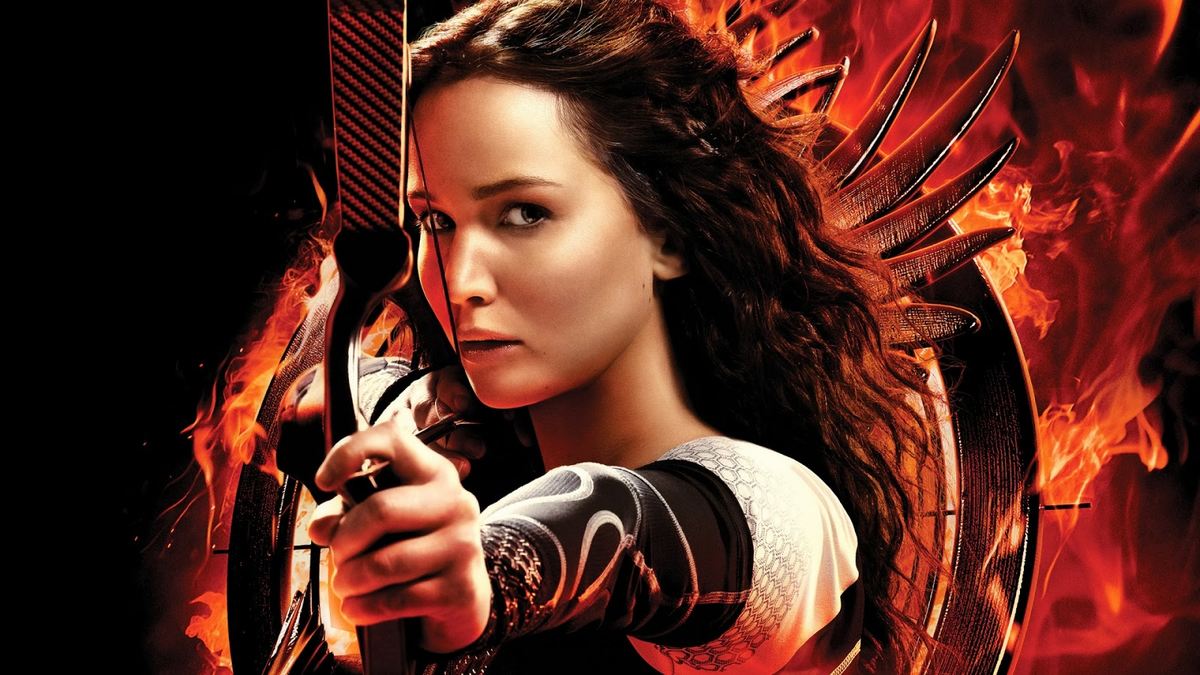
The second film in the original trilogy picks up after Katniss and Peeta's victory in the 74th Hunger Games. As they embark on their victory tour, unrest begins to stir in the districts, prompting a harsh response from the Capitol.
President Snow announces the 75th Hunger Games, also known as the Third Quarter Quell, with a twist that brings past victors back into the arena. This installment introduces new characters including Finnick Odair (Sam Claflin) and Johanna Mason (Jena Malone), while expanding the roles of Gale Hawthorne (Liam Hemsworth) and Plutarch Heavensbee (Philip Seymour Hoffman).
"Catching Fire" raises the stakes, deepening the political intrigue and setting the stage for the rebellion to come. The film showcases the opulence of the Capitol in stark contrast to the suffering in the districts, further emphasizing the themes of inequality and oppression.
The Hunger Games: Mockingjay - Part 1 (2014)
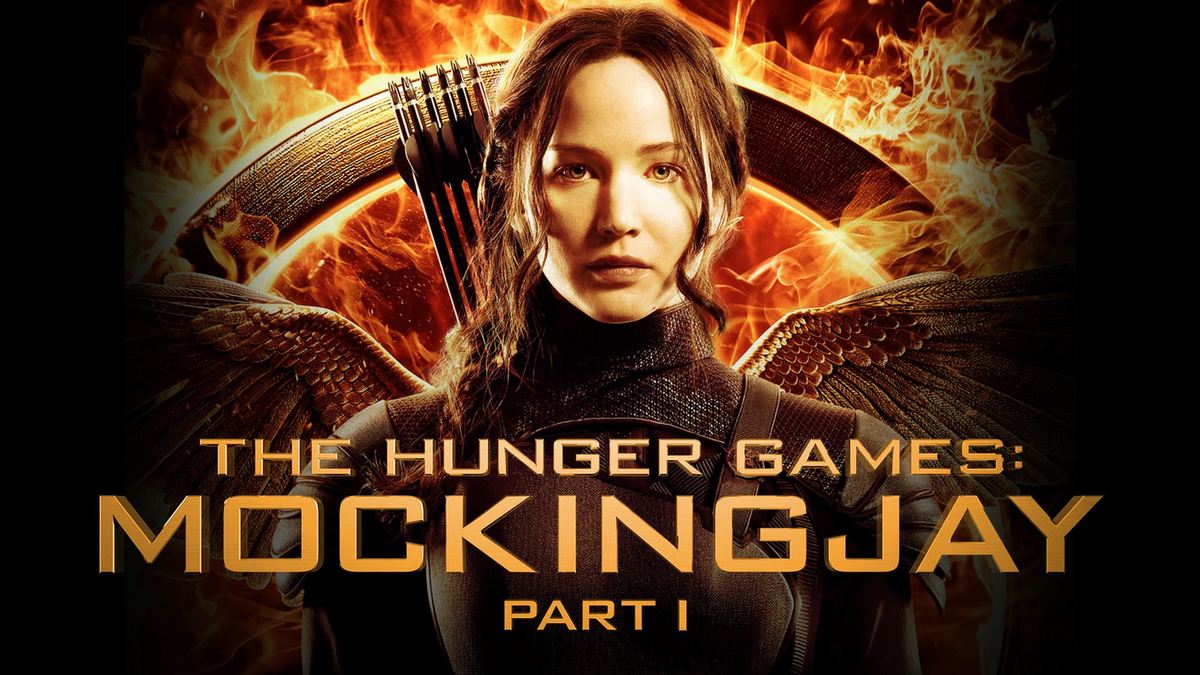
The third installment marks a significant shift as the story moves beyond the arena and into full-scale rebellion. Katniss finds herself in District 13, long thought to be destroyed, and must come to terms with her role as the symbolic "Mockingjay" of the revolution.
This film introduces President Alma Coin (Julianne Moore) and expands the role of Plutarch Heavensbee as key figures in the rebellion. It explores themes of propaganda and the power of media in shaping public opinion and fueling revolution. Jeffrey Wright's character, Beetee, plays a crucial role in the technological aspects of the rebellion.
"Mockingjay - Part 1" slows the pace to delve into the psychological impacts of war and the burden of becoming a symbol of rebellion, setting the stage for the final confrontation. The film also explores the personal toll on Katniss as she grapples with the fate of Peeta, who was left behind in the Capitol.
The Hunger Games: Mockingjay - Part 2 (2015)
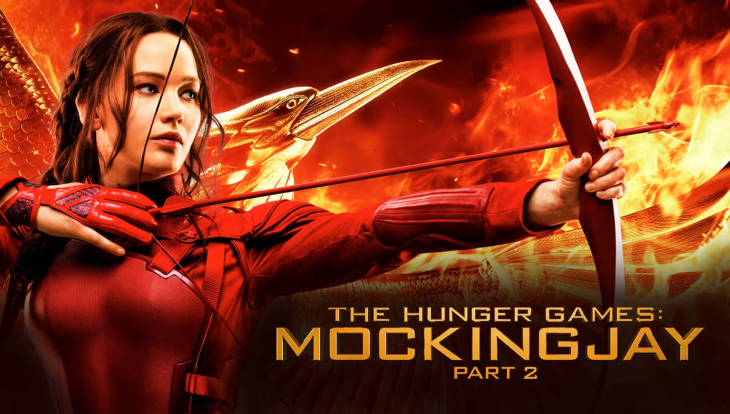
The final chapter of Katniss's story brings the conflict between the rebels and the Capitol to its explosive conclusion. As the war reaches its climax, Katniss and her team must infiltrate the booby-trapped Capitol in a bid to assassinate President Snow.
This installment grapples with the moral complexities of revolution and the true nature of power. It brings resolution to the character arcs we've followed throughout the series, while also leaving us with poignant questions about governance and the cyclical nature of human conflict.
The film features some of the most intense action sequences of the series, as the war for Panem reaches its peak. The urban warfare scenes are particularly gripping, showcasing the devastating reality of the conflict that has been building throughout the series.
The Impact and Legacy of The Hunger Games
The Hunger Games franchise has left an indelible mark on popular culture and the film industry. Its success paved the way for a wave of young adult dystopian adaptations, though few managed to capture the same level of critical and commercial success.
One of the most significant impacts of the series was its portrayal of a strong female protagonist. Katniss Everdeen became an iconic character, inspiring audiences with her resilience and complexity. The series challenged gender norms in action films and sparked discussions about representation in Hollywood.
The franchise also tackled relevant social and political themes, encouraging young audiences to engage with concepts like inequality, propaganda, and political oppression. Its exploration of media manipulation and reality television as a tool of control felt particularly prescient in an era of increasing concern about the influence of mass media.
From a filmmaking perspective, The Hunger Games showcased how to successfully adapt complex literary works for the screen. The films managed to capture the essence of the books while making necessary adaptations for the visual medium, setting a high bar for future adaptations.
The series also had a significant economic impact, not just in terms of box office success, but also in areas like tourism. Filming locations, particularly in North Carolina and Georgia in the United States, saw increased visitor numbers as fans sought to connect with the world of the films.
In the realm of fashion, the distinctive looks created for the Capitol citizens influenced runway shows and costume design in other films. The series' unique aesthetic, blending futuristic elements with nods to historical fashions, left a lasting impression on popular culture.
Musically, The Hunger Games brought attention to folk and indie artists, with its soundtracks featuring a mix of established stars and up-and-coming performers. The song "The Hanging Tree" from Mockingjay - Part 1 became a surprise hit, showcasing the franchise's influence beyond the visual medium.
Conclusion
Whether you choose to watch The Hunger Games movies in chronological order or order of release, you're in for a thrilling journey through the complex and thought-provoking world of Panem. From the 10th Hunger Games in the prequel to the 74th and 75th Games in the original trilogy, and finally to the revolution that follows, each installment builds upon the last to create a rich and compelling narrative.
The series invites viewers to question authority, consider the impact of their choices, and reflect on the kind of society they want to build. With its stellar cast including Jennifer Lawrence, Josh Hutcherson, Liam Hemsworth, and now Tom Blyth and Rachel Zegler in the prequel, The Hunger Games offers a cinematic experience that continues to resonate with audiences around the world.
As we await the prequel's November release, fans old and new have the perfect opportunity to revisit or discover the original films. The Hunger Games series remains a powerful commentary on power, media, and the resilience of the human spirit in the face of oppression.
So gather your friends, prepare some Capitol-worthy snacks, and dive into the world of Panem. May your viewing experience be as thrilling, moving, and thought-provoking as the games themselves. And remember, in the words of Effie Trinket, "May the odds be ever in your favor!"

